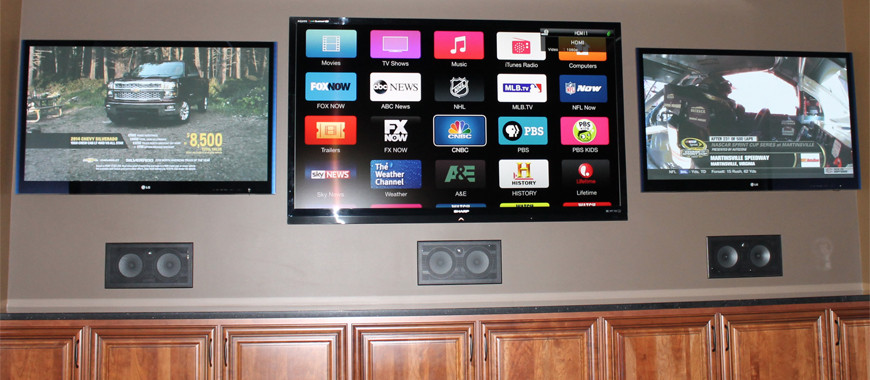
Placing security cameras efficiently is crucial to enhancing monitoring across various settings, such as homes, businesses, as well as public areas. The main goal of surveillance cameras remains to deter criminal activity while also provide proof in instances of incidents. To achieve this, it becomes essential to take into account various factors, such as surveillance camera placement, field of vision, and the particular areas that need monitoring. By comprehending these elements, people as well as entities can create a comprehensive monitoring strategy that optimizes the effectiveness of their surveillance systems.
One of the initial steps in placing security cameras is to determine key areas that require surveillance. Vulnerable zones, including entrances, exit points, parking areas, and areas with valuable assets, must be prioritized. It also important to take into account blind spots, that are areas that might not be visible from specific angles. By charting out these critical areas, security staff can guarantee that every nook remains observed, reducing the chances of criminal actions going undetected. Additionally, placing surveillance systems at strategic locations can help form a comprehensive view of the property, allowing for improved total security monitoring.
The try this out field of a surveillance camera remains another crucial factor to take into account. Various kinds of cameras provide different fields of vision, which can influence how many area gets recorded in the footage. For example, broad-view systems can cover bigger spaces, rendering them perfect for open locations, while pan-tilt-zoom systems can be adjusted to focus on particular details. When placing cameras, it becomes important to select the appropriate kind based on the area being observed. This ensures that the camera can capture clear footage and provide important data in case of an occurrence.
Height and angle of installation also play a crucial part in the effectiveness of surveillance cameras. Surveillance systems should be mounted at a level that remains out of grasp of possible interference but still allows for clear viewing of identifying features and other identifying features. A common recommendation is install systems at least 8 to 10 feet off the ground. Additionally, the angle at which the camera remains set can affect its capability to record crucial details. Cameras should be tilted to reduce reflection and avoid obstructions, guaranteeing that they can capture sharp footage at all times.
Finally, regular upkeep and updates to the security camera is crucial for long-term effectiveness. This entails inspecting system functionality, cleaning optics, as well as ensuring that firmware remains current. Regular assessments of the surveillance plan can assist identify any new areas not visible or locations that may require extra monitoring. By staying proactive and implementing required changes, individuals and organizations can improve their surveillance effectiveness and guarantee that their surveillance systems continue to fulfill their designated purpose.